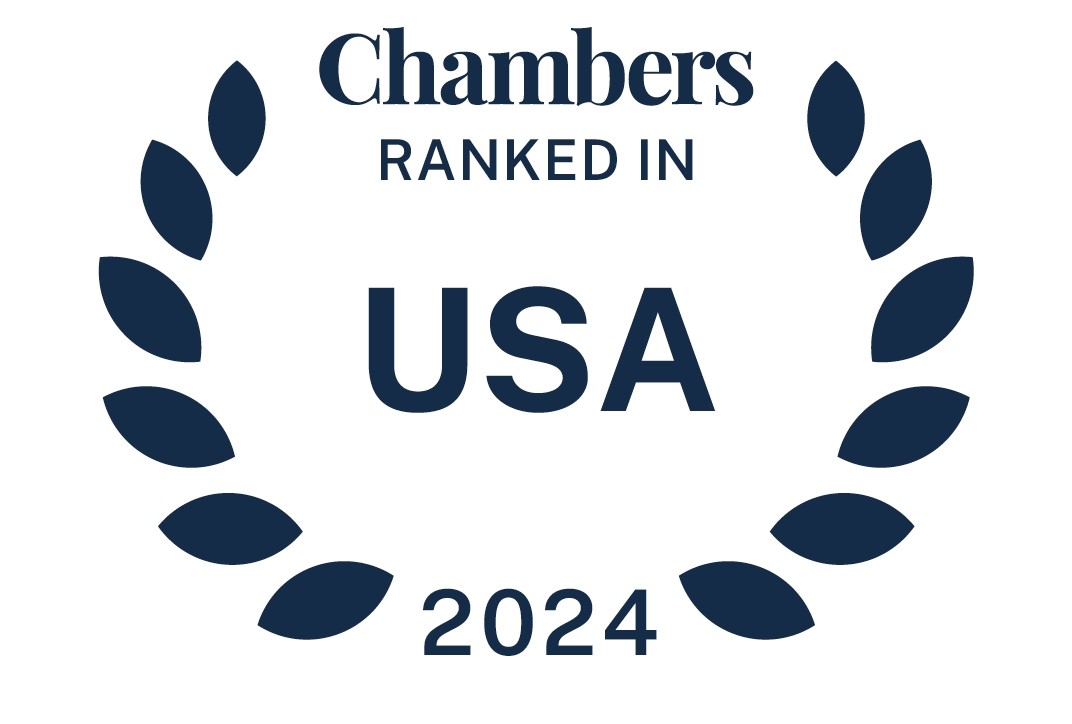On June 18, 2025, the Supreme Court of the United States ruled in United States v. Skrmetti, upholding Tennessee’s SB1 law that limits access to gender-affirming care for minors. The court’s 6-3 decision, written by Chief Justice John Roberts, deemed the law constitutional under a rational basis review, determining it classifies based on age and medical use rather than sex or transgender status.
These FAQs highlight key implications for healthcare providers, hospitals, health systems, health plans, and employer plan sponsors navigating the ruling’s consequences.
read more

 Subscribe
Subscribe




